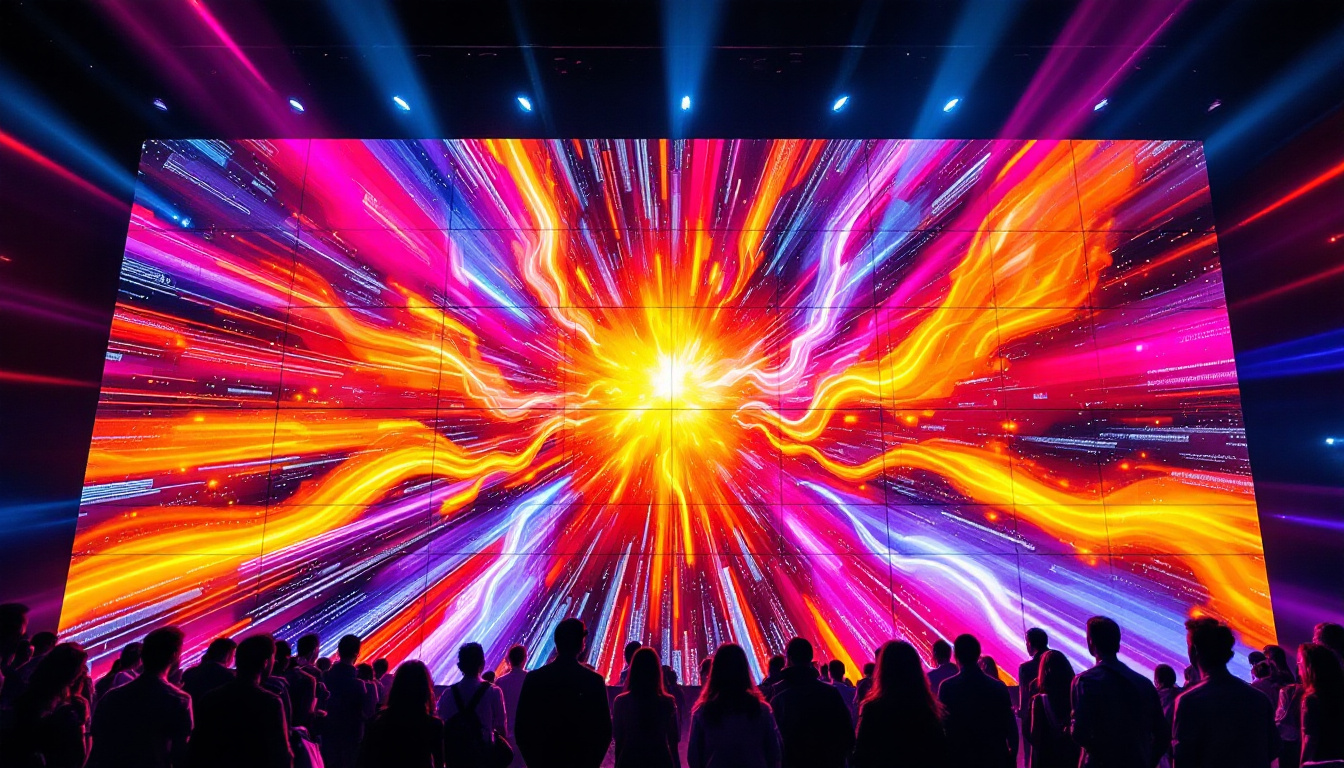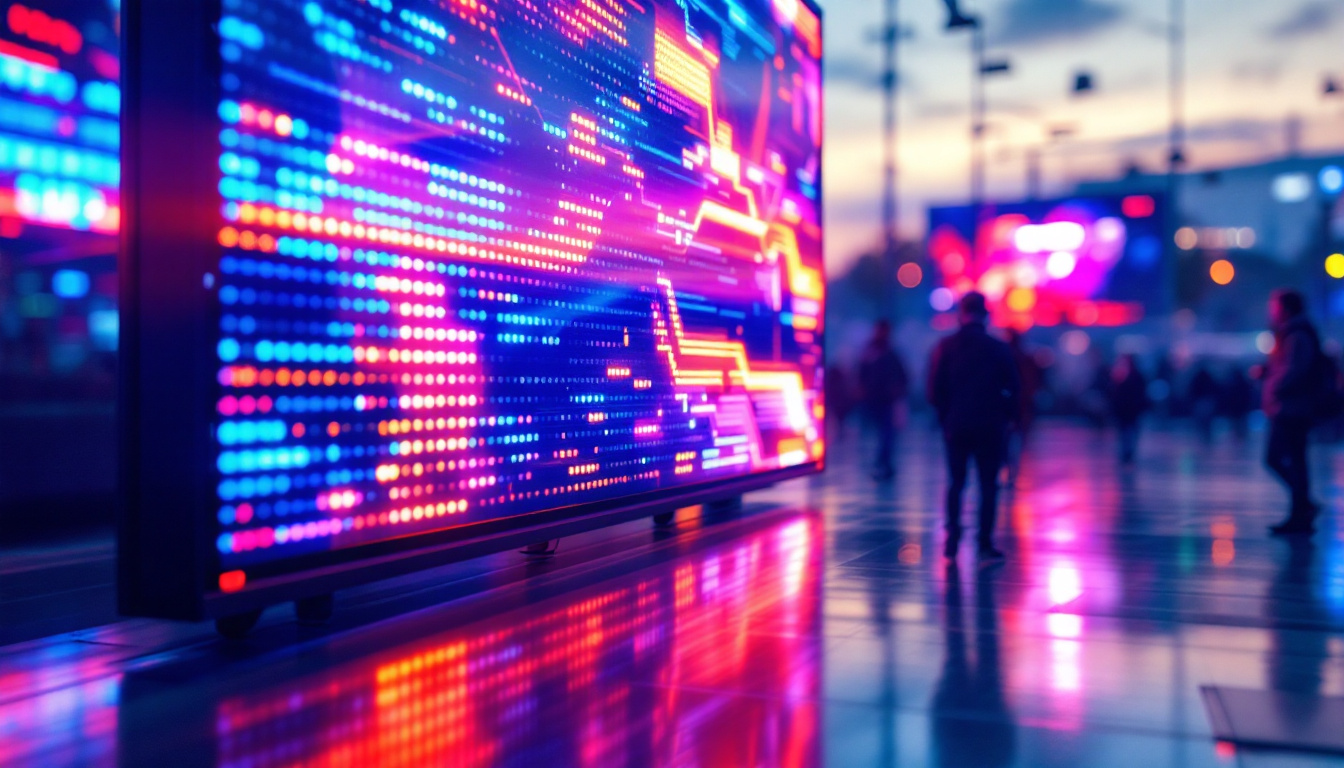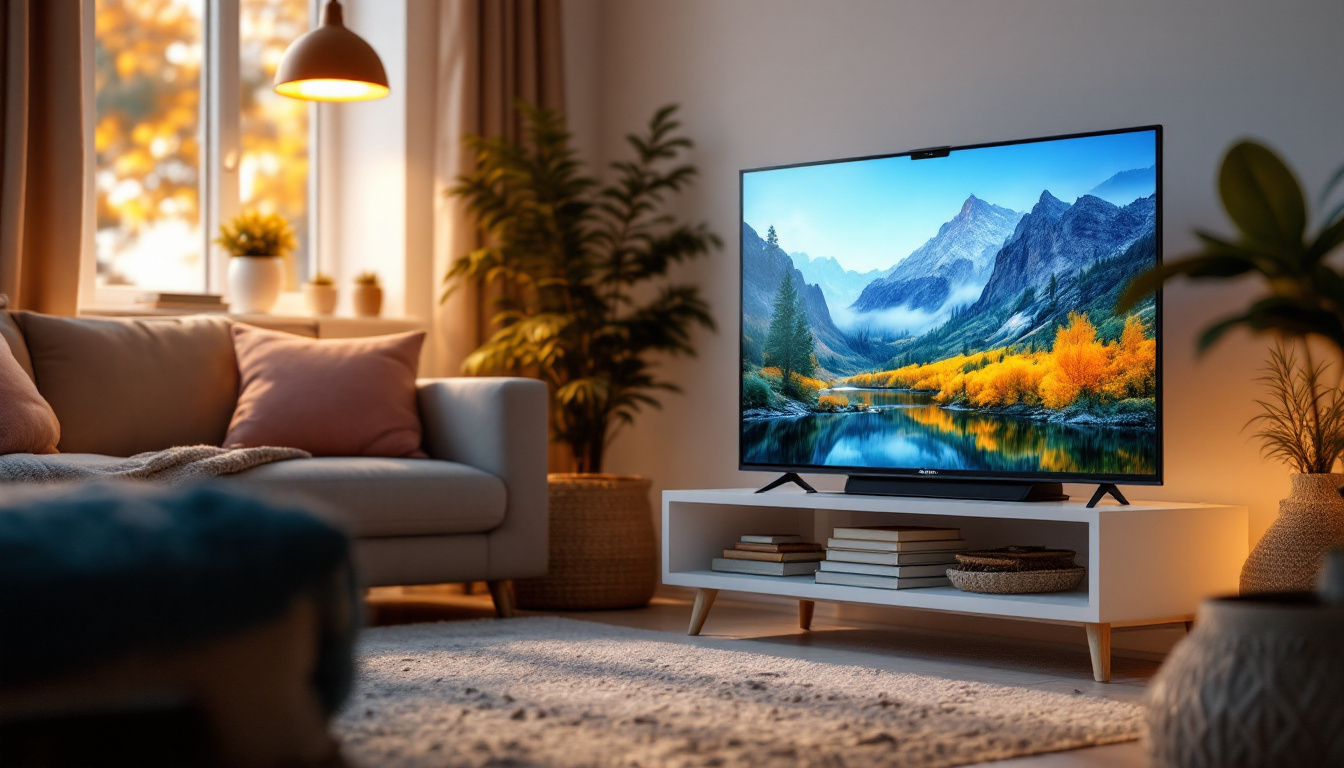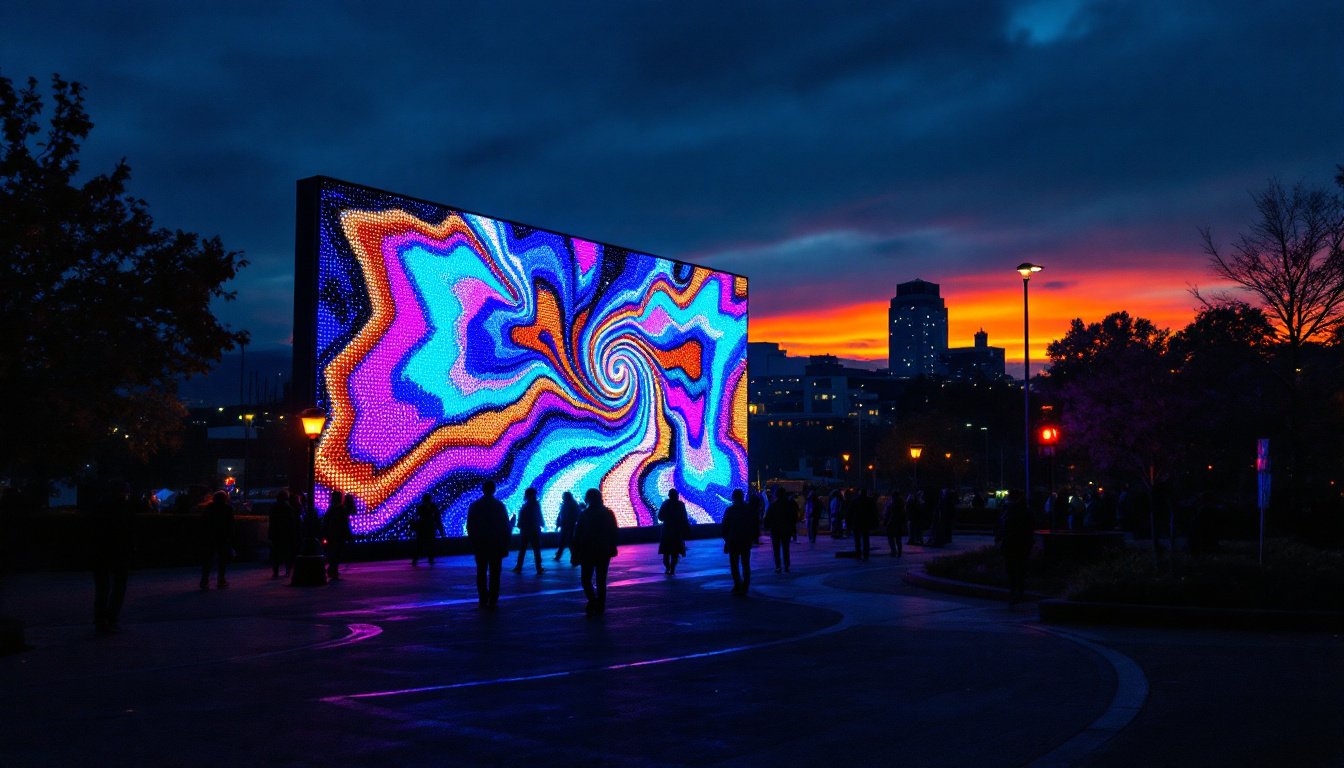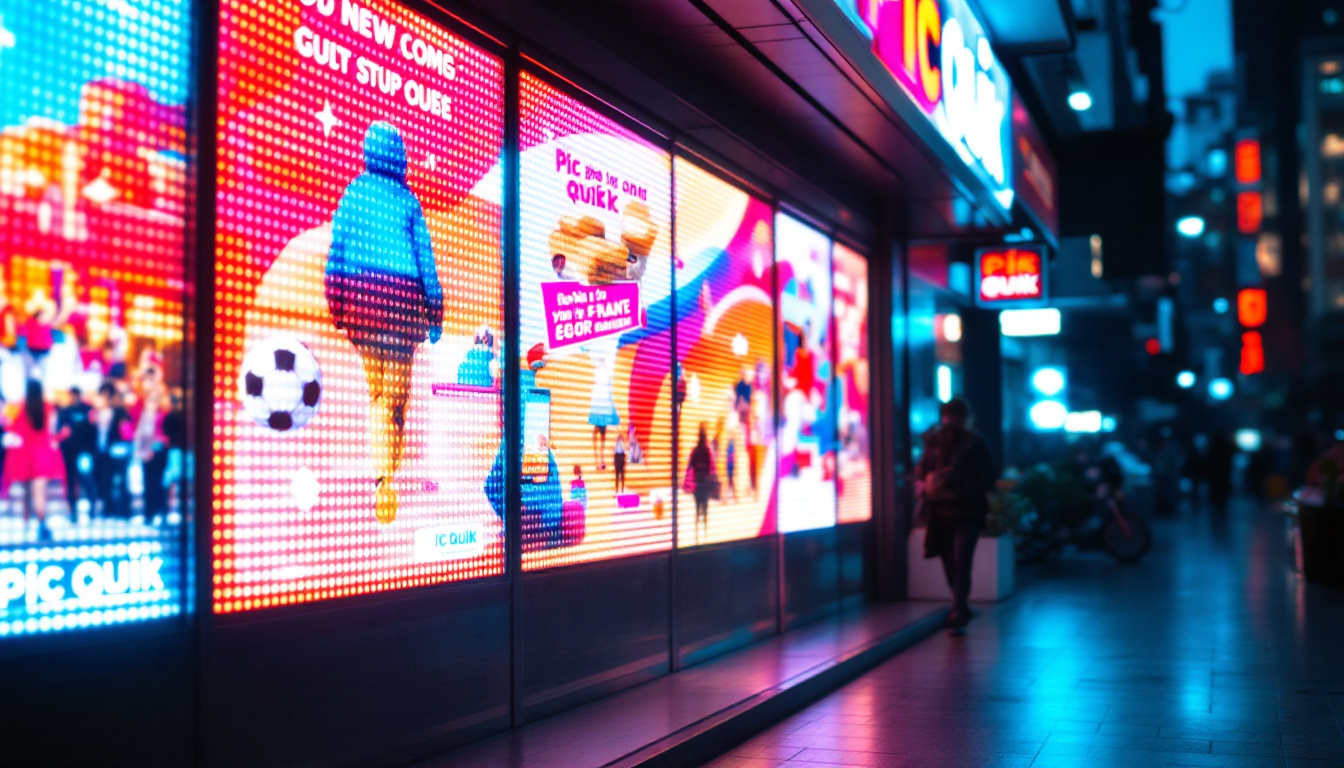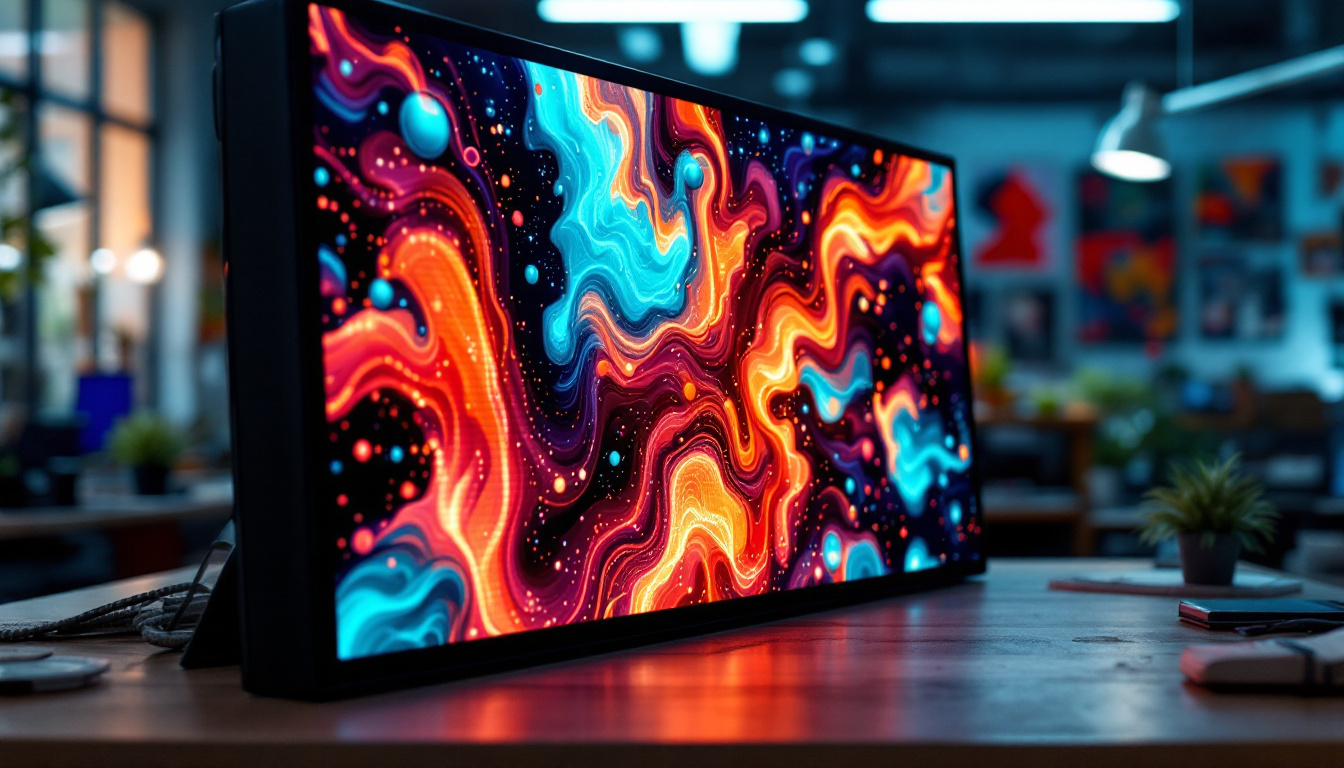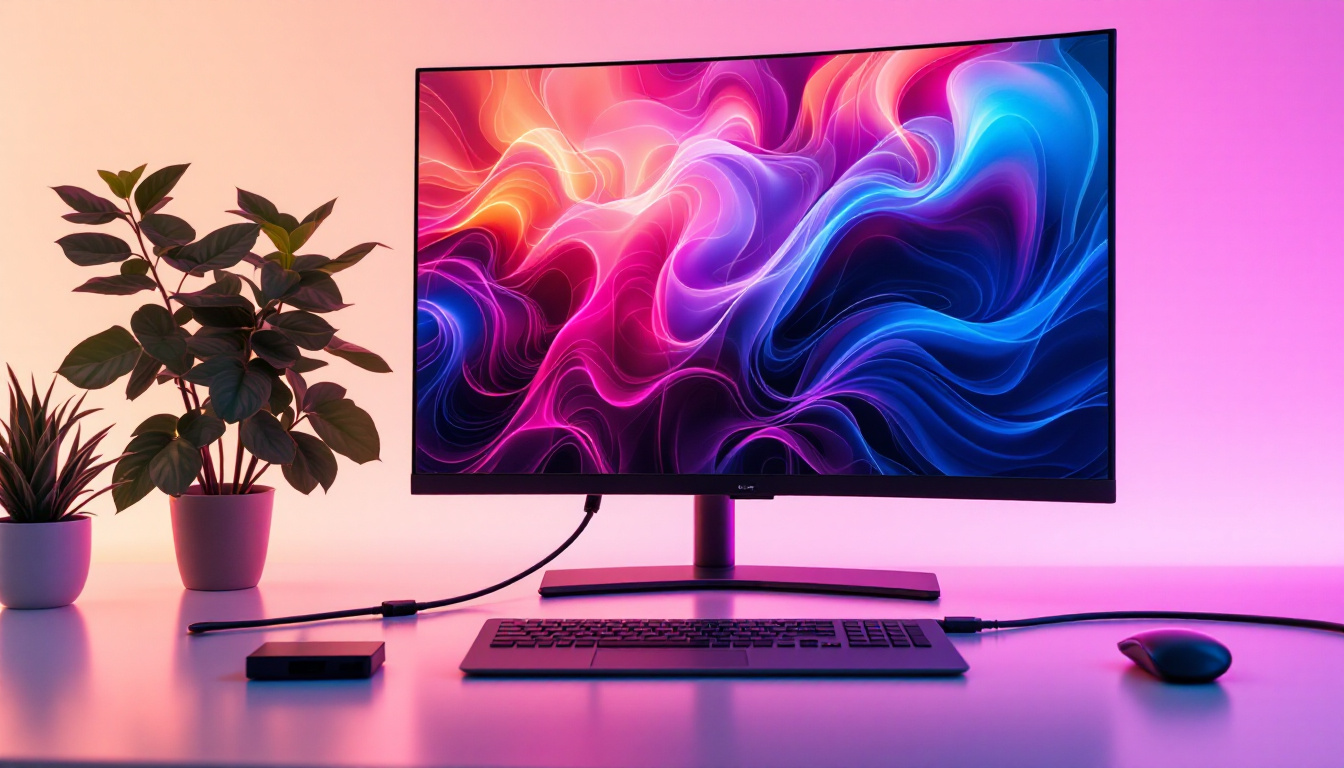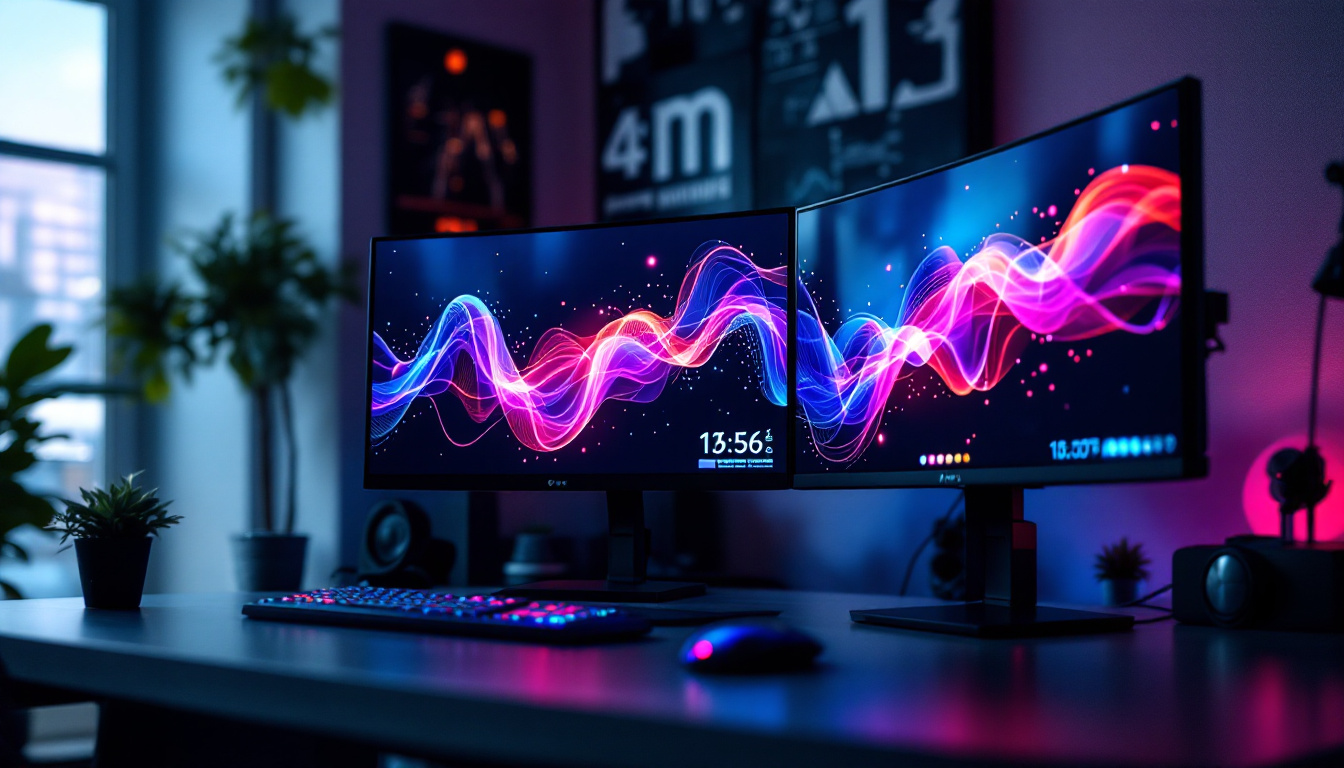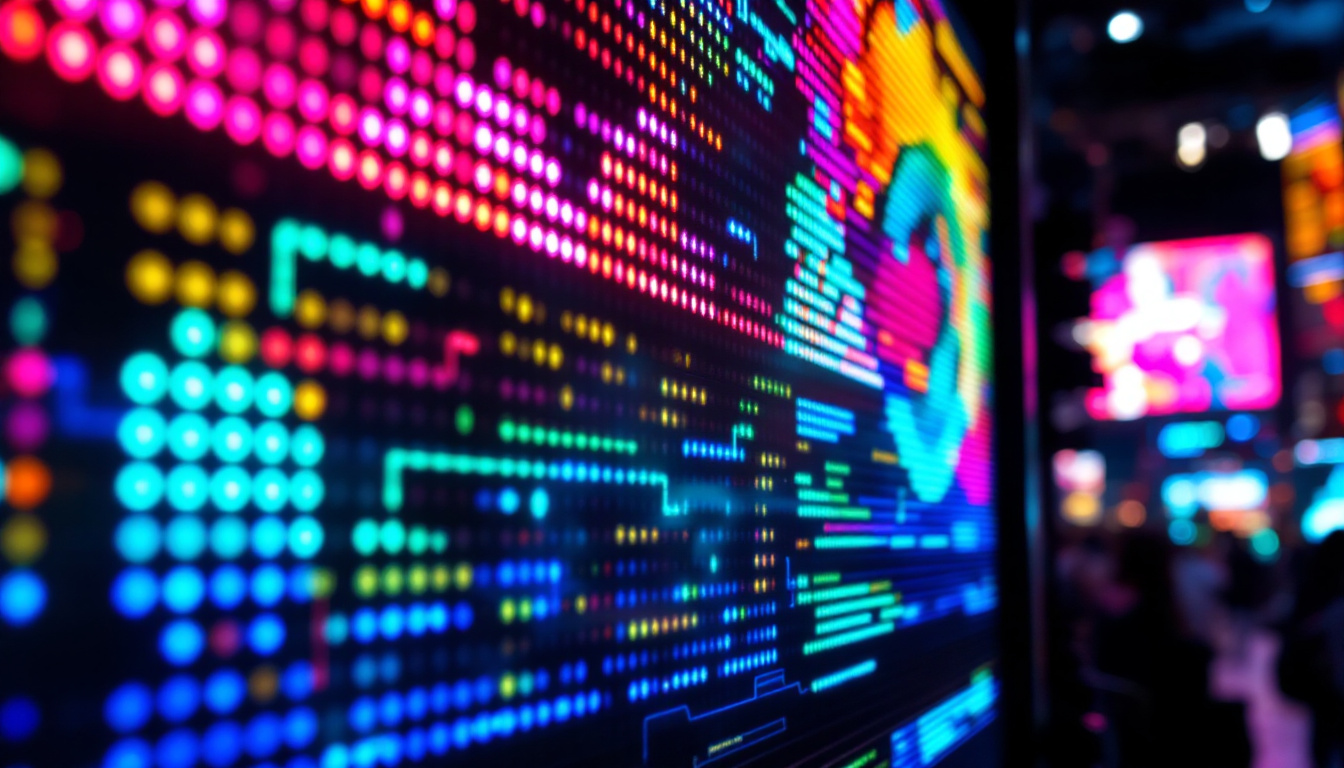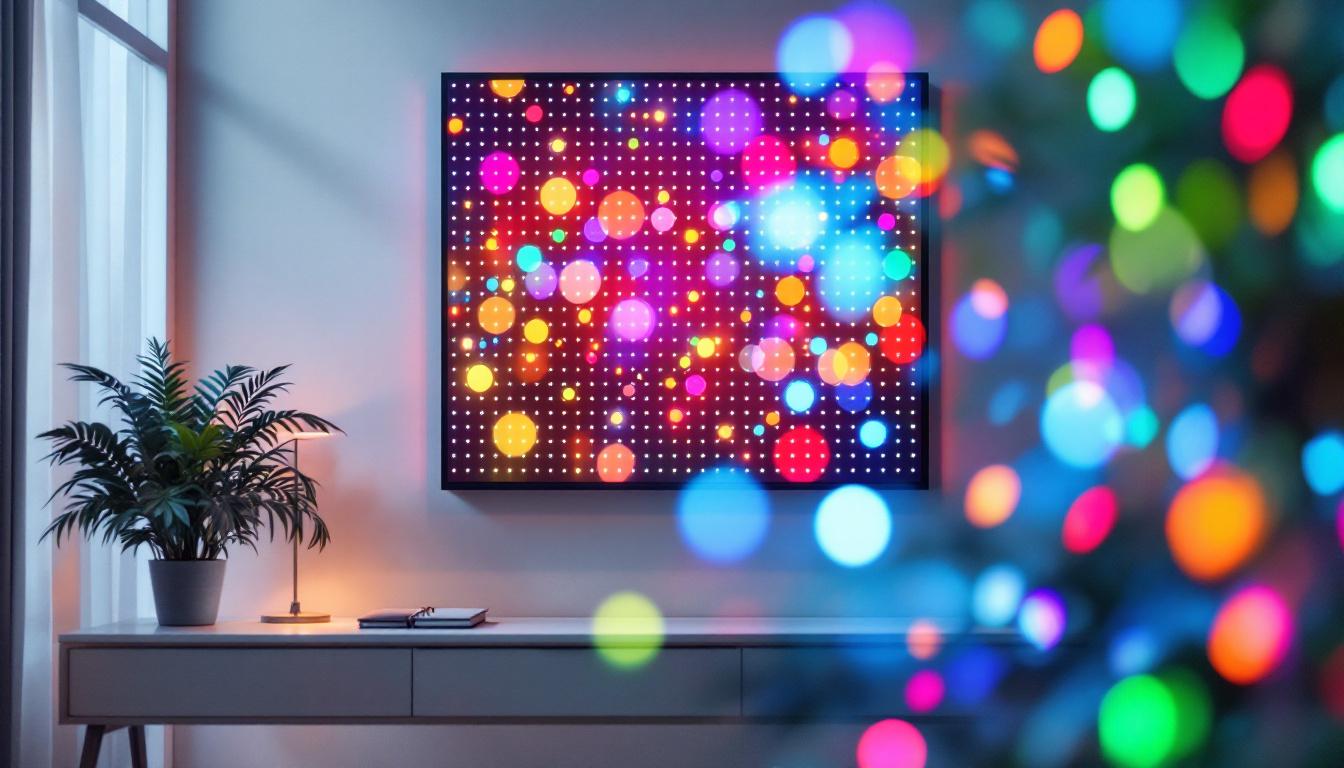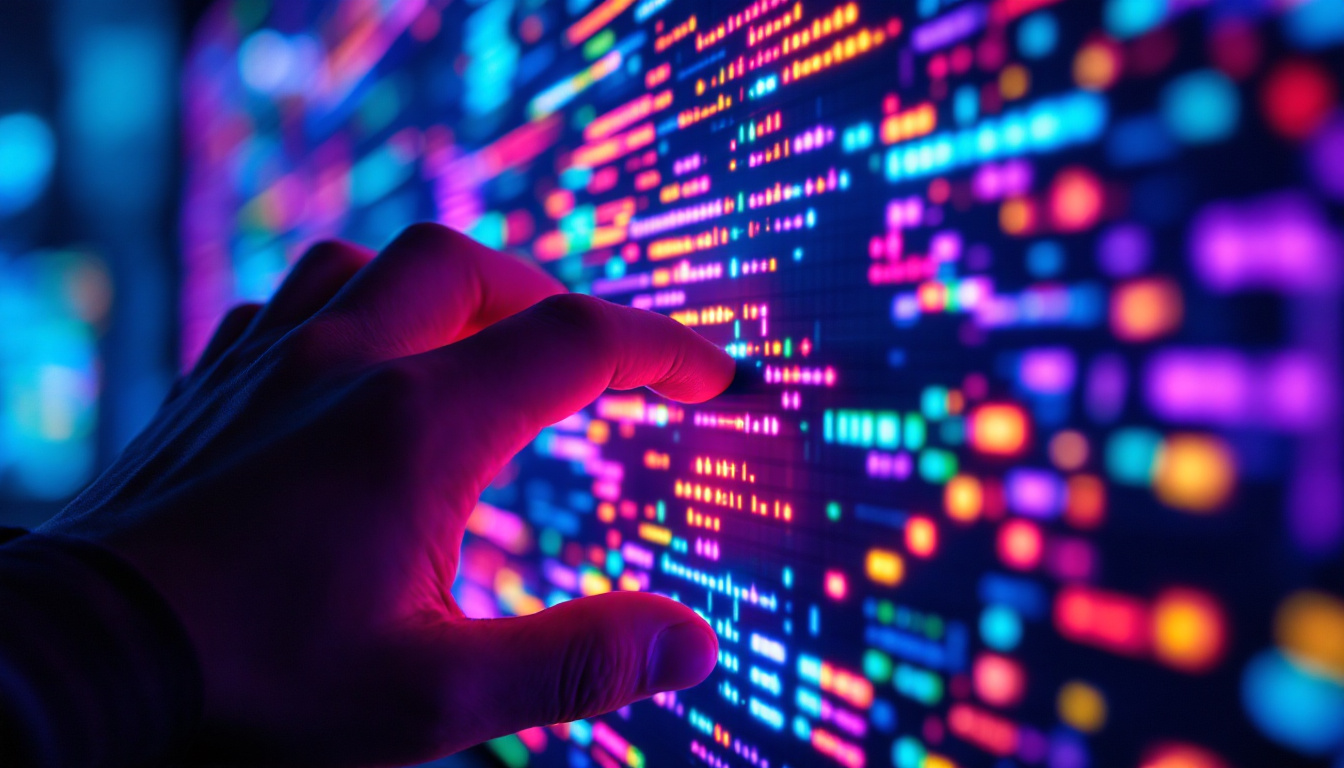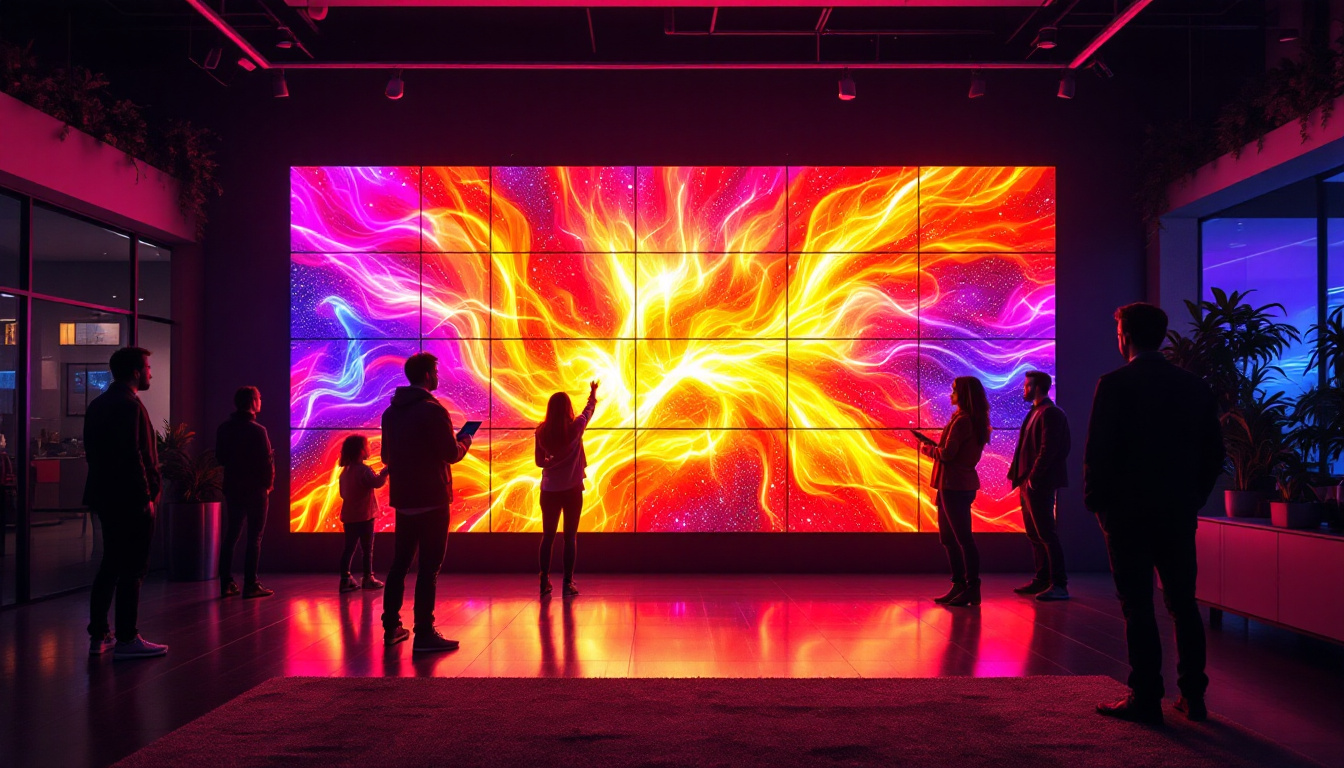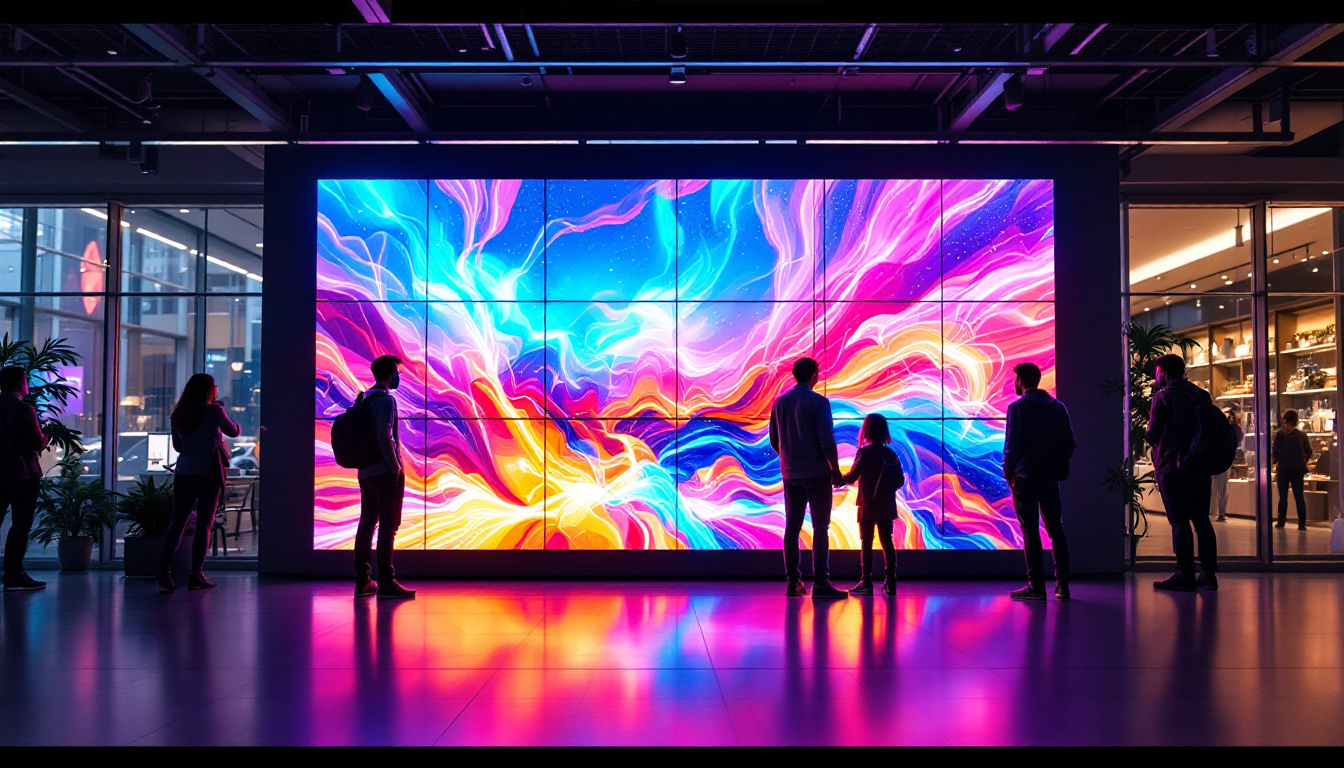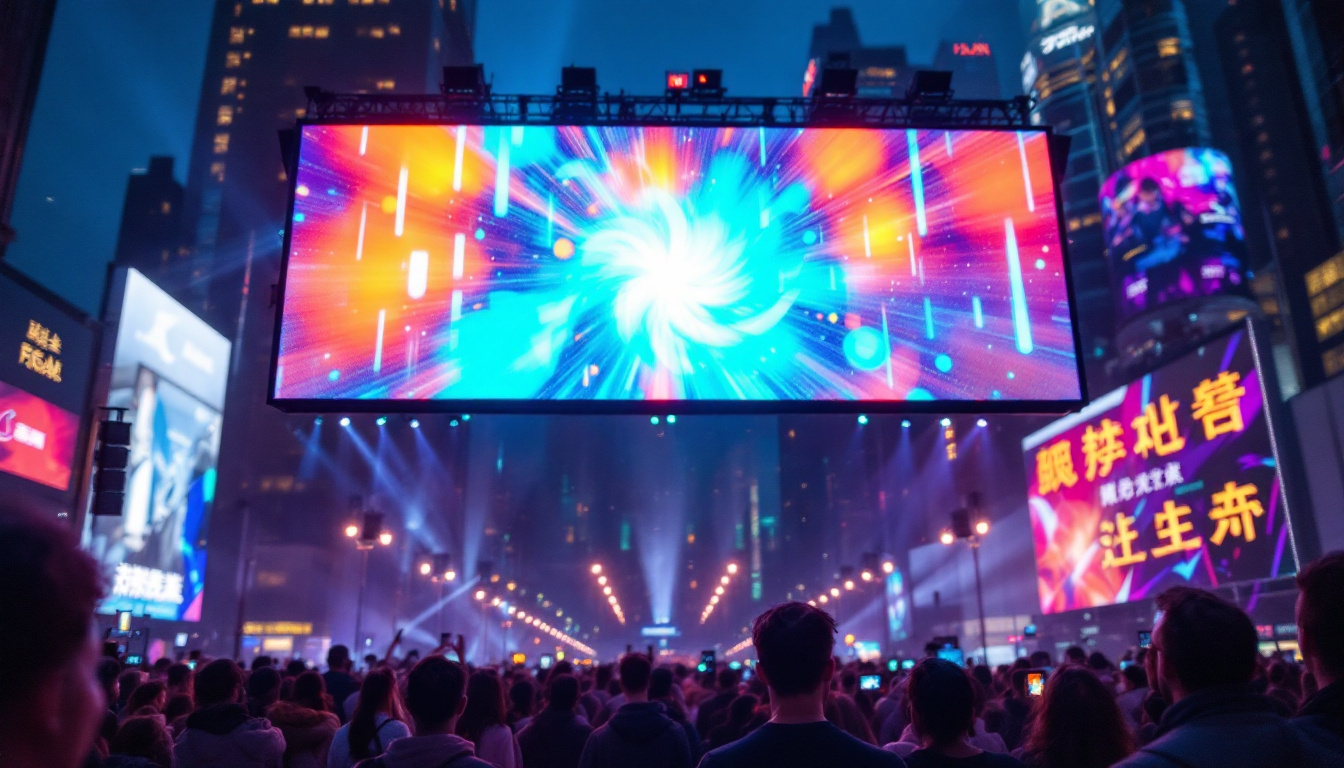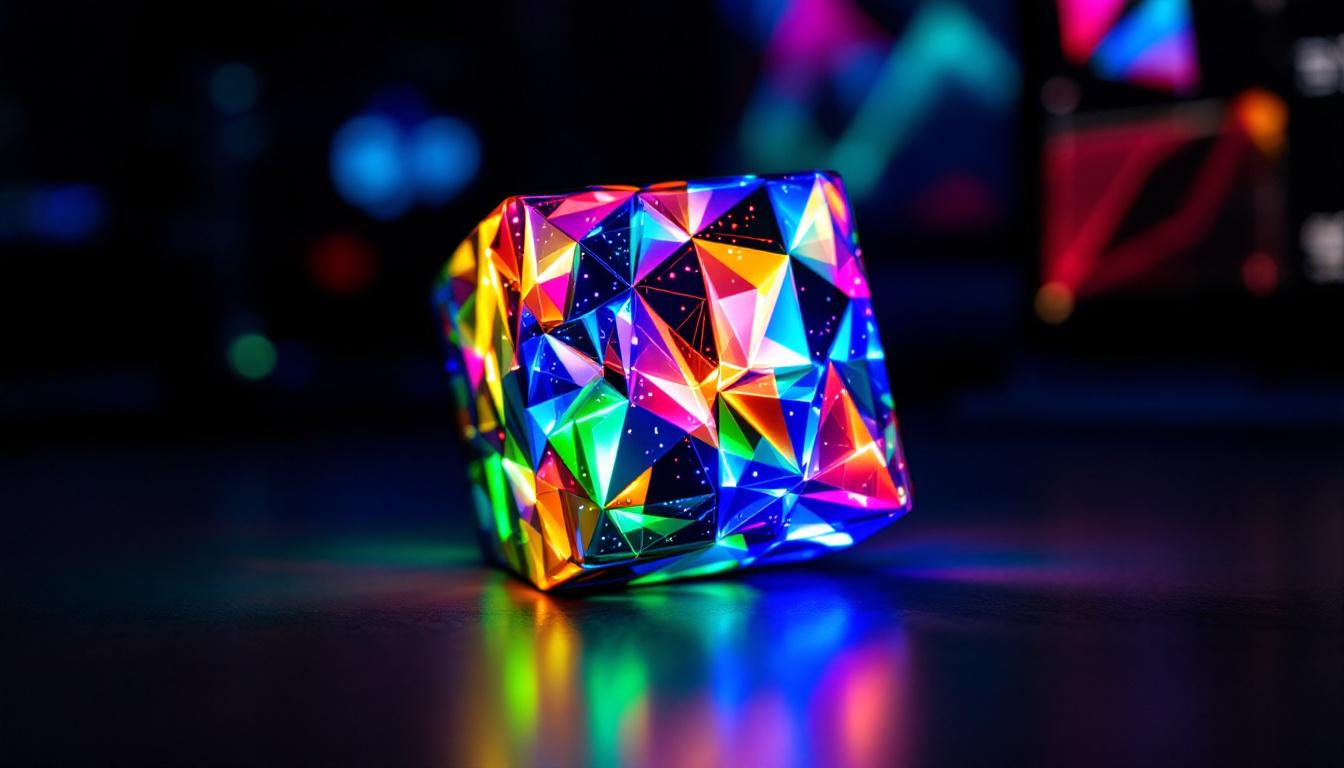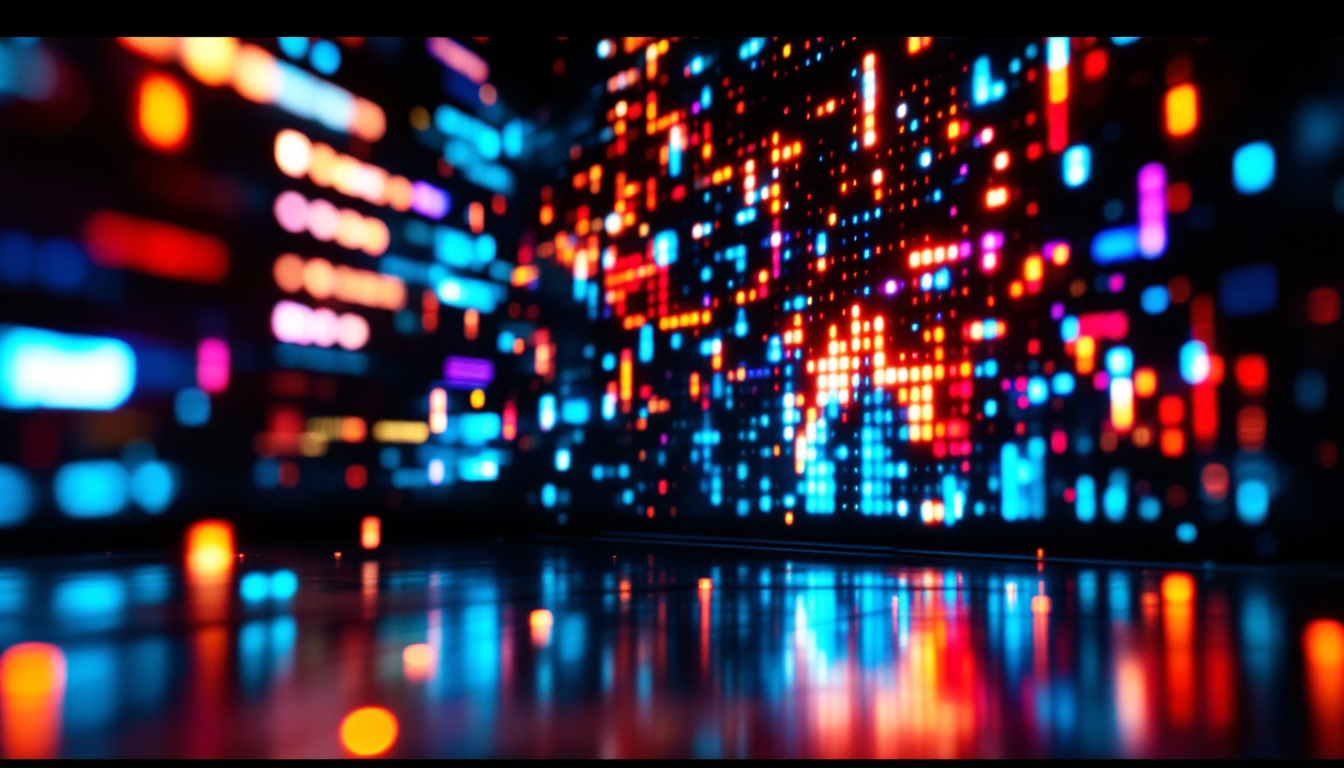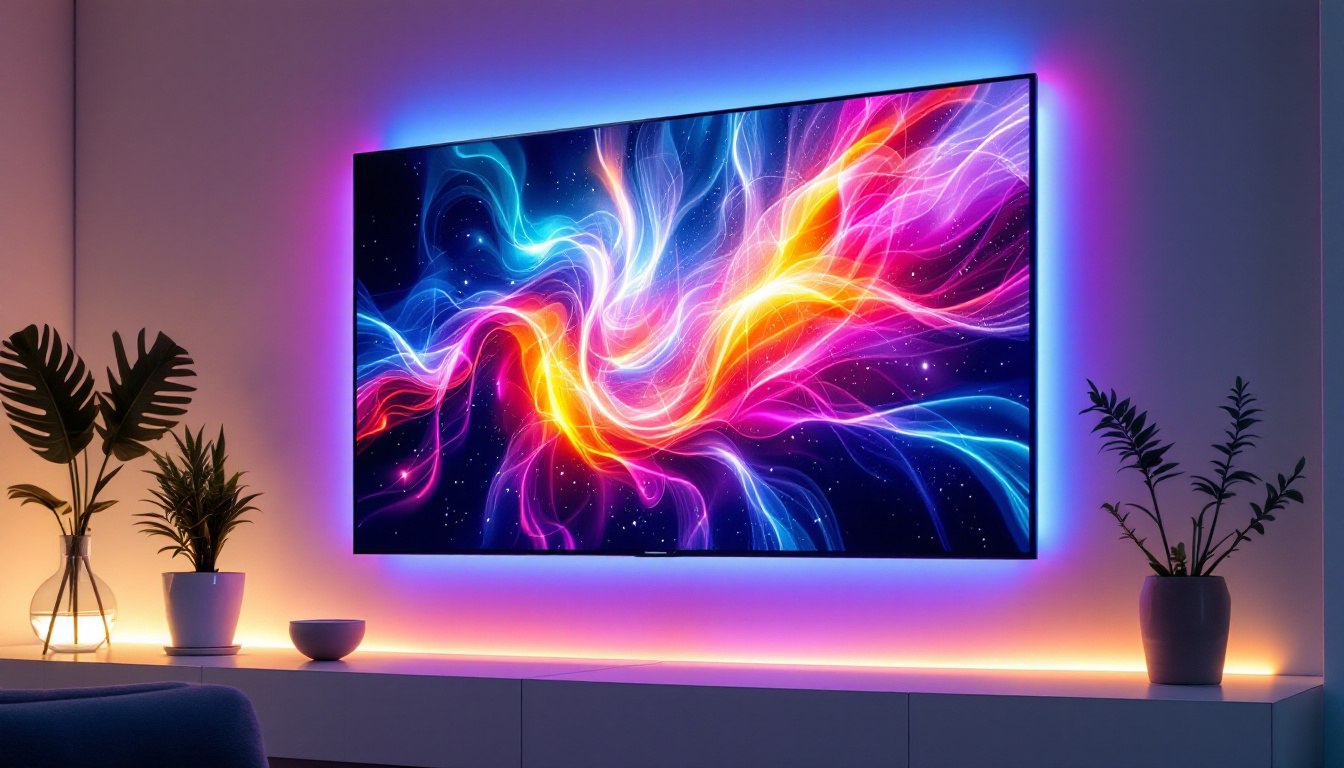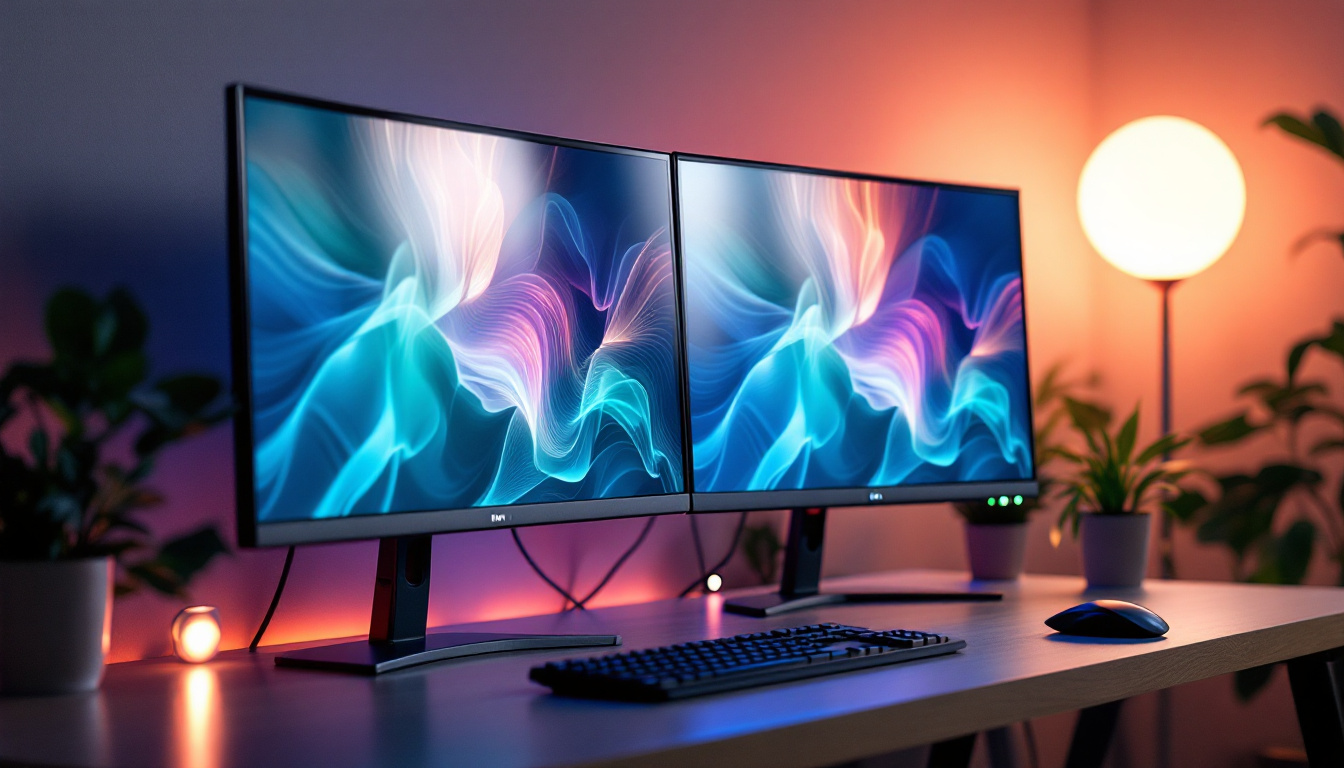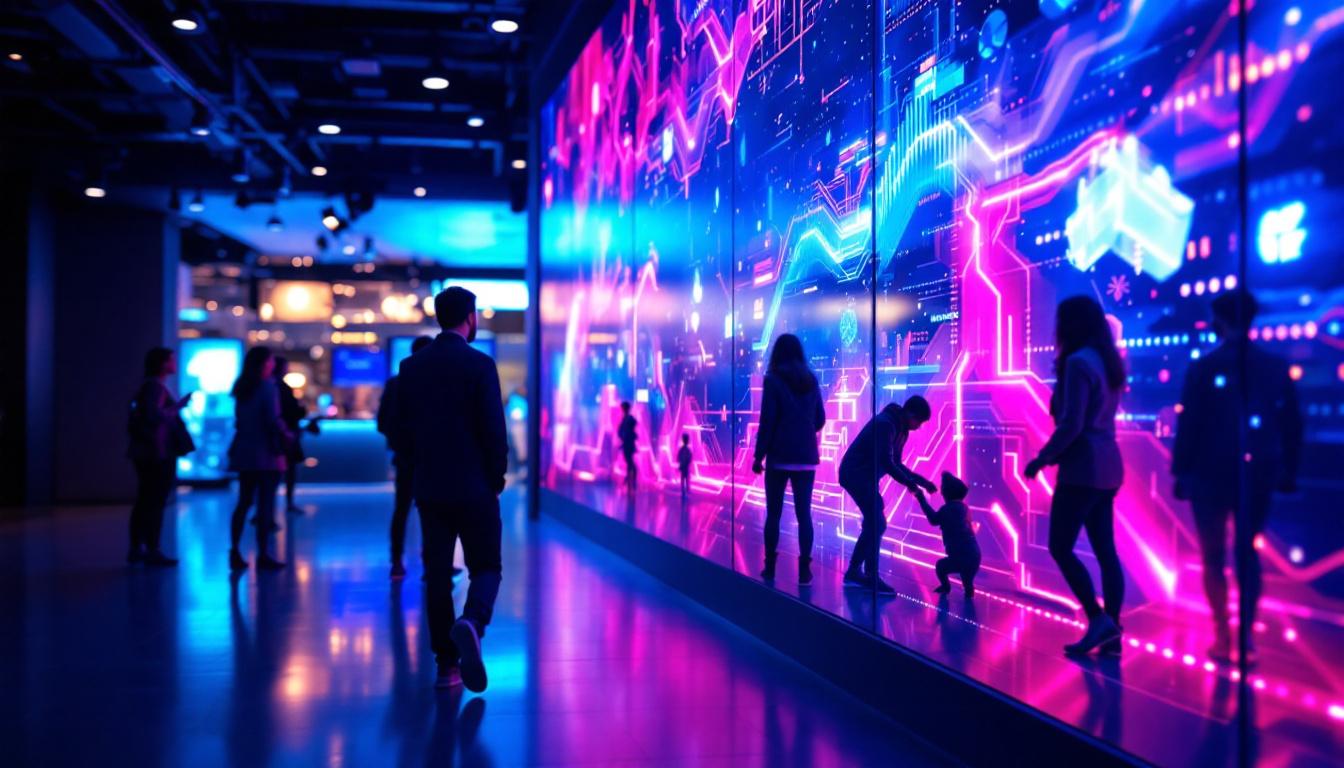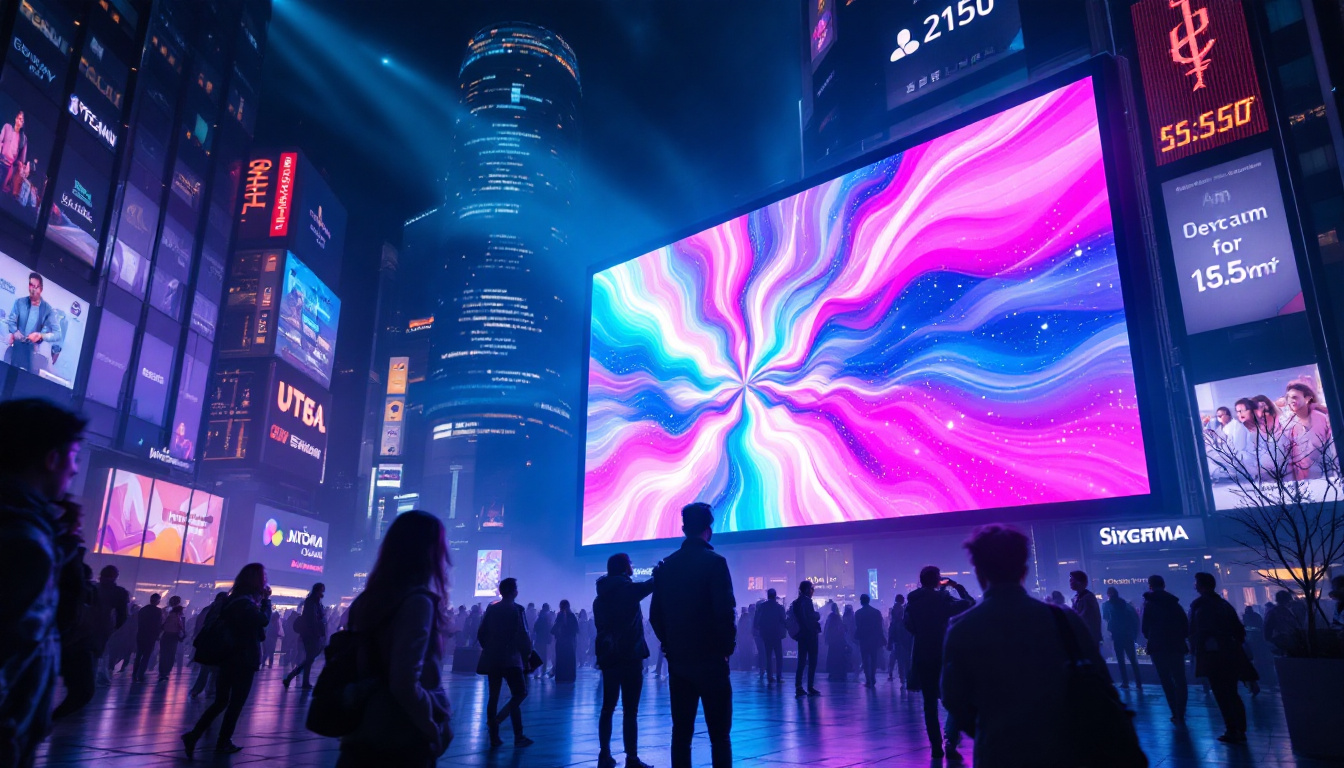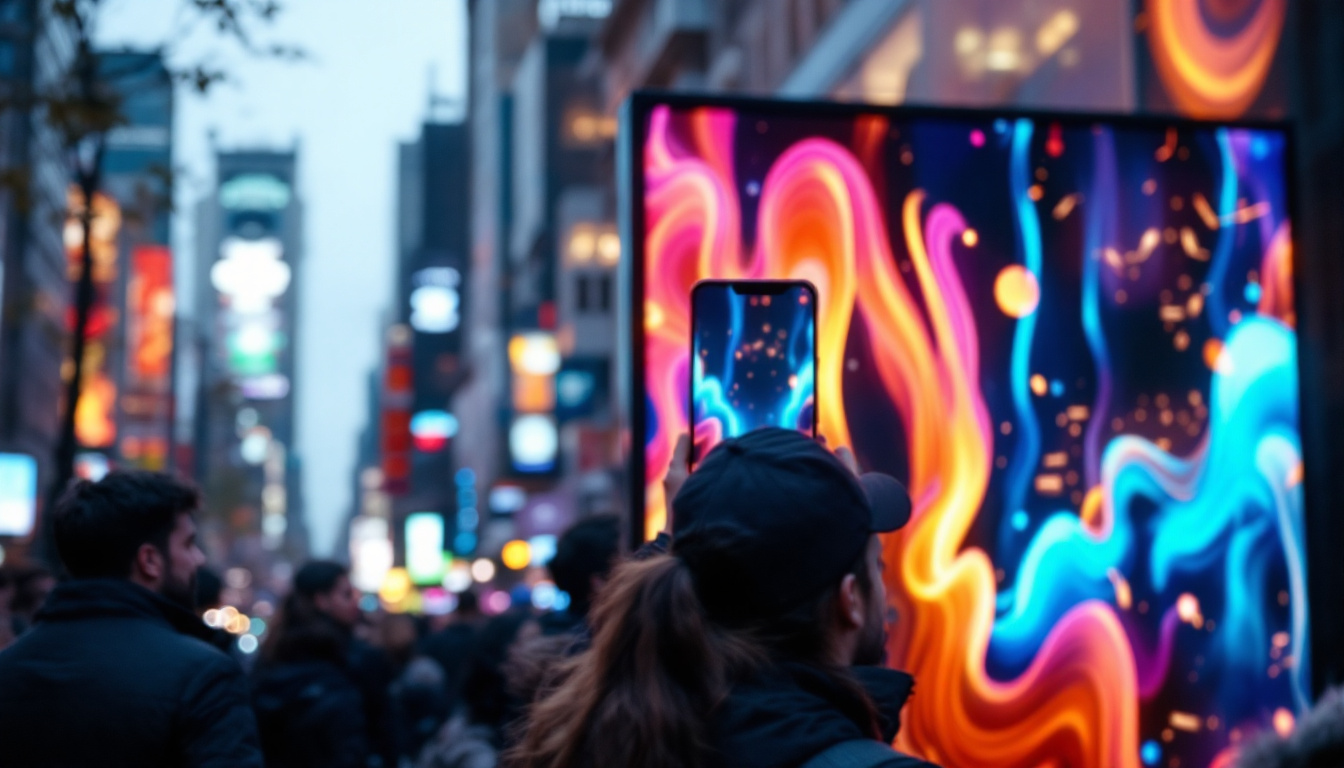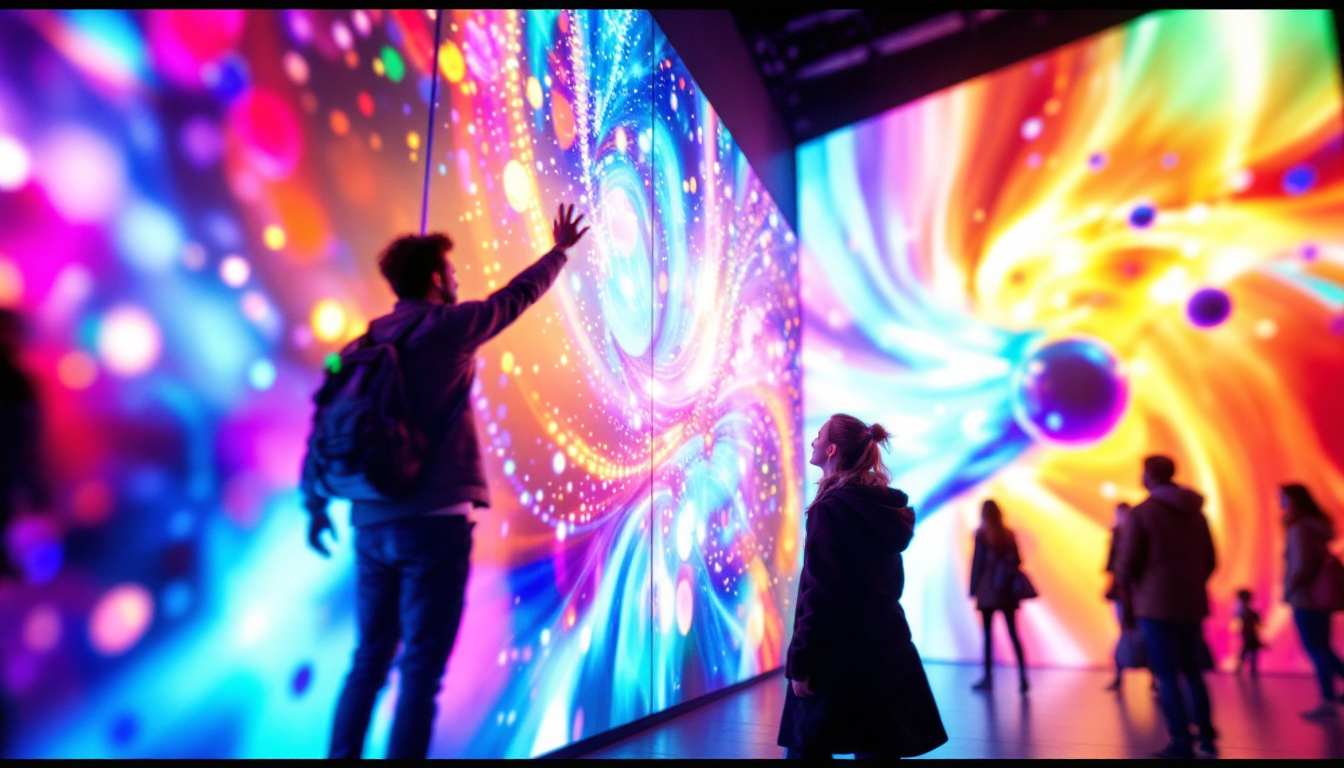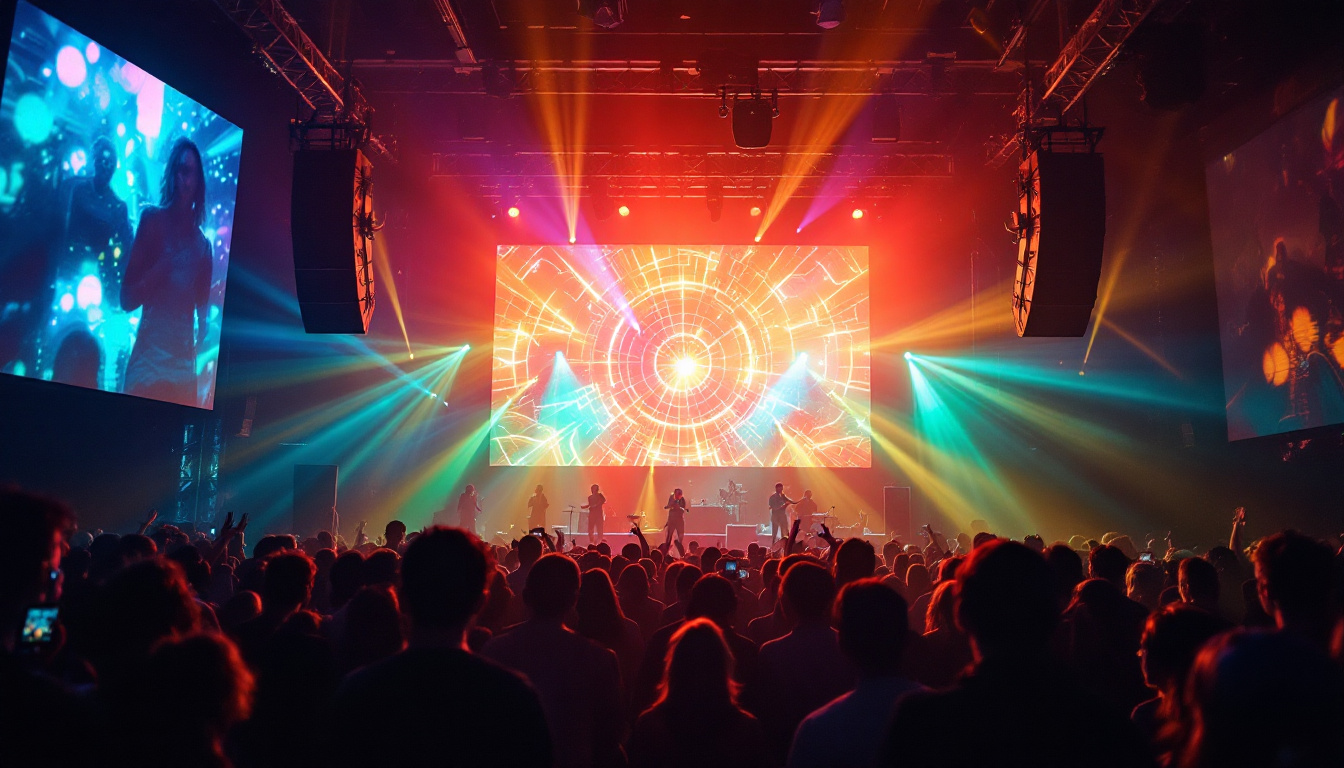In today’s digital age, visual communication has taken on a new dimension, and LED video wall panels have emerged as a leading technology in this field. These panels are not just a trend; they represent a significant advancement in how information is displayed, making them an essential component in various settings, from corporate environments to entertainment venues. This article delves into the intricacies of LED video wall panels, exploring their technology, applications, and advantages.
Understanding LED Video Wall Technology
LED video walls are composed of multiple LED panels that work together to create a large, seamless display. Each panel consists of numerous tiny light-emitting diodes (LEDs) that emit bright light, allowing for vibrant colors and high contrast ratios. This technology is not only versatile but also scalable, making it suitable for a wide range of applications. From dynamic advertising to immersive art installations, LED video walls have become a staple in modern visual communication.
How LED Video Walls Work
The fundamental principle behind LED video walls is relatively straightforward. Each panel is made up of a grid of pixels, with each pixel containing red, green, and blue (RGB) diodes. By adjusting the intensity of these diodes, the panels can produce a full spectrum of colors. When multiple panels are combined, they create a larger image that can be viewed from various distances. This modular approach not only enhances the visual experience but also simplifies maintenance, as individual panels can be replaced without disrupting the entire display.
Additionally, LED video walls can be configured in different shapes and sizes, allowing for creative installations that can fit any space. This flexibility is one of the reasons why they are increasingly popular in both indoor and outdoor settings. For instance, in a corporate environment, a large LED wall can serve as a central focal point during presentations, displaying real-time data and engaging visuals that capture the audience’s attention. In contrast, outdoor installations can transform public spaces, offering dynamic content that can change throughout the day, adapting to different events or promotions.
Types of LED Video Wall Panels
There are several types of LED video wall panels available, each designed for specific applications. The most common types include:
- Indoor LED Panels: These panels are designed for indoor use, featuring high resolution and brightness suitable for close viewing distances. They are often used in retail environments, corporate presentations, and events. Their ability to deliver stunning visuals in controlled lighting conditions makes them ideal for environments where detail and clarity are paramount.
- Outdoor LED Panels: Built to withstand the elements, outdoor panels are typically brighter and more durable than their indoor counterparts. They are used for advertising, concerts, and public displays. These panels often come with protective casings to guard against rain, dust, and UV exposure, ensuring longevity and consistent performance regardless of weather conditions.
- Curved LED Panels: These panels can be bent or shaped to create unique display configurations, allowing for immersive experiences in venues such as theaters and exhibition spaces. The ability to create concave or convex displays opens up new avenues for storytelling and audience engagement, making the viewing experience more interactive and captivating.
In addition to these standard types, there are also specialized panels designed for niche applications, such as transparent LED panels that allow for stunning visuals while still permitting visibility through the display. These are particularly popular in retail environments where brands want to showcase products behind the screen while still delivering eye-catching advertisements. Moreover, advancements in technology continue to drive innovation in LED video walls, with developments in pixel pitch, energy efficiency, and smart capabilities, ensuring that this vibrant medium remains at the forefront of visual communication.
Applications of LED Video Walls
The versatility of LED video walls makes them suitable for a wide array of applications across different industries. Their ability to deliver high-quality visuals in various environments has led to their adoption in numerous sectors.
Corporate Environments
In corporate settings, LED video walls are often used for presentations, conferences, and meetings. They provide a dynamic way to display information, making it easier for audiences to engage with the content. The high resolution and brightness of these displays ensure that even the smallest details are visible, enhancing communication and collaboration.
Moreover, LED video walls can be integrated with video conferencing systems, allowing for seamless communication with remote teams. This capability has become increasingly important in today’s hybrid work environments.
Entertainment and Events
In the entertainment industry, LED video walls have revolutionized the way performances and events are experienced. From concerts to theater productions, these displays create stunning visual backdrops that enhance the overall experience for audiences. Their ability to deliver vibrant colors and sharp images contributes to a more immersive atmosphere.
Additionally, LED video walls are commonly used in sporting events, providing real-time updates, replays, and advertisements. This not only keeps the audience engaged but also enhances the overall event experience.
Retail and Advertising
Retailers have also embraced LED video walls as a powerful marketing tool. These displays can capture the attention of potential customers, showcasing products in an engaging manner. By using dynamic content, retailers can create an inviting atmosphere that encourages shoppers to explore their offerings.
Furthermore, LED video walls can be easily updated with new content, allowing businesses to adapt their marketing strategies quickly. This flexibility is particularly beneficial in fast-paced retail environments where trends can change rapidly.
Advantages of LED Video Walls
LED video walls offer numerous advantages that contribute to their growing popularity. Understanding these benefits can help organizations make informed decisions when considering this technology for their needs.
High-Quality Visuals
One of the most significant advantages of LED video walls is their ability to deliver high-quality visuals. The use of RGB diodes allows for vibrant colors and deep blacks, resulting in stunning images that capture attention. The high brightness levels of LED panels ensure that content remains visible even in well-lit environments, making them ideal for both indoor and outdoor use.
Energy Efficiency
LED technology is known for its energy efficiency compared to traditional display technologies. LED video walls consume less power, which not only reduces operational costs but also minimizes the environmental impact. This energy efficiency is particularly advantageous for organizations that operate large displays for extended periods.
Durability and Longevity
Another notable benefit of LED video walls is their durability. LED panels are built to withstand various environmental conditions, making them suitable for outdoor use. Additionally, LEDs have a long lifespan, often exceeding 100,000 hours, which means less frequent replacements and lower maintenance costs.
Challenges and Considerations
While LED video walls offer numerous advantages, there are also challenges and considerations that organizations must take into account when implementing this technology.
Initial Investment
The initial investment for LED video walls can be significant. Depending on the size and resolution of the display, costs can vary widely. Organizations must weigh the benefits against the upfront costs and consider their budget constraints. However, it is essential to view this investment as a long-term asset that can yield substantial returns through enhanced engagement and communication.
Technical Expertise
Installing and maintaining LED video walls requires a certain level of technical expertise. Organizations may need to hire specialized personnel or work with external vendors to ensure proper installation and ongoing support. This can add to the overall cost and complexity of the project.
Content Management
Creating and managing content for LED video walls can be a challenge, especially for organizations that lack in-house resources. Developing engaging content that resonates with the target audience is crucial for maximizing the effectiveness of the display. Organizations may need to invest in content creation tools or services to ensure that their video walls deliver impactful messages.
Future Trends in LED Video Wall Technology
The LED video wall industry is continuously evolving, with new technologies and trends emerging regularly. Staying informed about these developments can help organizations remain competitive and make the most of their investments.
Advancements in Resolution
As technology progresses, the demand for higher resolution displays continues to grow. Future LED video walls are expected to feature even higher pixel densities, resulting in sharper images and improved viewing experiences. This trend is particularly important for applications where detail is crucial, such as in medical imaging or high-end advertising.
Integration with Augmented Reality (AR) and Virtual Reality (VR)
Another exciting trend is the integration of LED video walls with augmented reality (AR) and virtual reality (VR) technologies. This combination can create immersive experiences that engage audiences in new ways. For example, events and exhibitions can utilize LED video walls to enhance storytelling and create interactive displays that captivate visitors.
Increased Customization
As the demand for personalized experiences grows, LED video walls are expected to offer increased customization options. Organizations will be able to tailor content to specific audiences, ensuring that messages resonate more effectively. This level of personalization can significantly enhance engagement and drive results.
Conclusion
LED video wall panels represent a significant advancement in visual communication technology. Their ability to deliver high-quality visuals, energy efficiency, and versatility makes them an invaluable asset across various industries. While there are challenges to consider, the benefits often outweigh the drawbacks, making LED video walls a worthy investment for organizations looking to enhance their communication strategies.
As technology continues to evolve, staying informed about the latest trends and advancements in LED video wall technology will be crucial for organizations aiming to leverage this powerful tool effectively. Whether in corporate environments, entertainment venues, or retail spaces, LED video walls are poised to play a pivotal role in shaping the future of visual communication.
Discover LumenMatrix’s Innovative LED Display Solutions
Ready to transform your space with the power of LED technology? LumenMatrix is at the forefront of LED display innovation, offering a wide range of solutions tailored to meet your unique needs. From Indoor and Outdoor LED Wall Displays to specialized options like Vehicle, Sports, and Floor LED Displays, our products are designed to captivate and engage your audience. Experience the future of visual communication with our Custom, All-in-One, and Transparent LED Displays. Elevate your brand’s visibility and create unforgettable visual experiences. Check out LumenMatrix LED Display Solutions today and see the difference for yourself.

